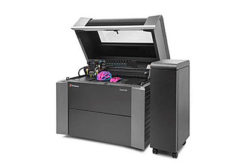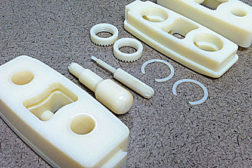Home » additive manufacturing
Articles Tagged with ''additive manufacturing''
3D Printing Myths and Methods
Engineers are intrigued by the potential of this next-generation technology.
July 1, 2014
Does 3D Printing Work with Wiring?
Additive manufacturing can be used to produce connectors and terminals.
October 1, 2013
Never miss the latest news and trends driving the manufacturing industry
Stay in the know on the latest assembly trends.
JOIN TODAY!Copyright ©2024. All Rights Reserved BNP Media.
Design, CMS, Hosting & Web Development :: ePublishing









